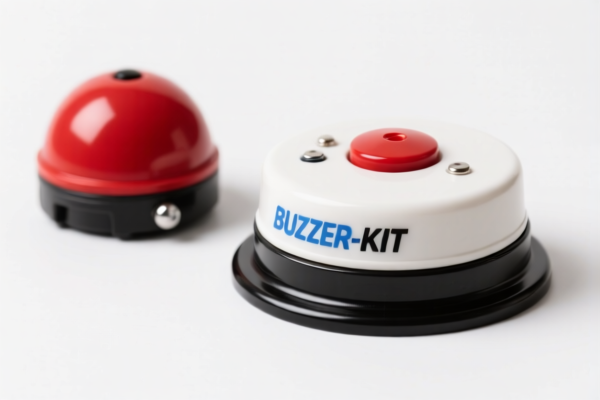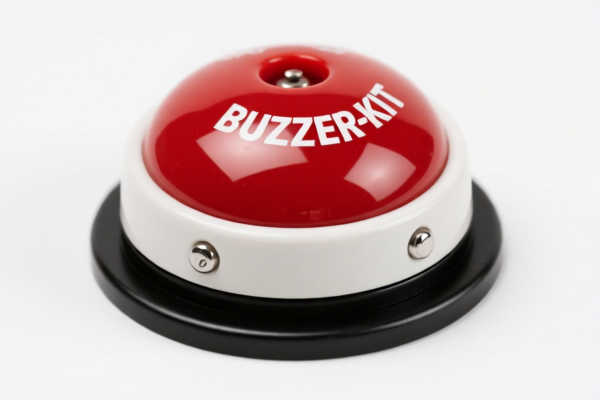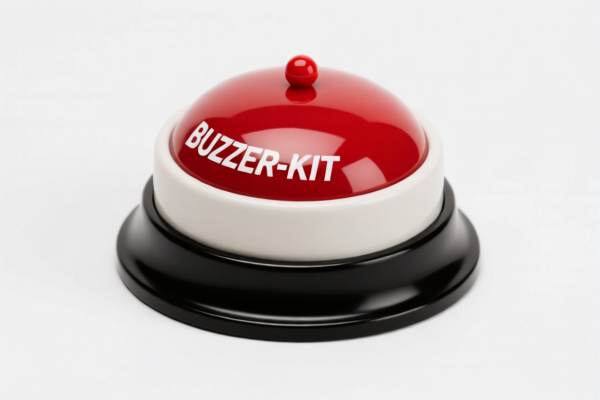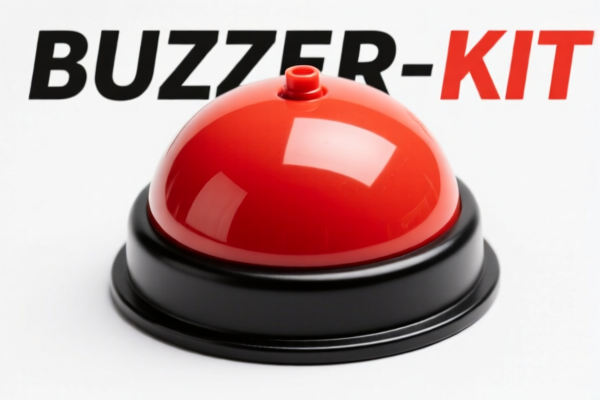| HS Code | Official Doc | Tariff Rate | Origin | Destination | Effective Date |
|---|---|---|---|---|---|
| 8548000000 | Doc | 55.0% | CN | US | 2025-05-12 |
| 3926909989 | Doc | 42.8% | CN | US | 2025-05-12 |
| 3914006000 | Doc | 58.9% | CN | US | 2025-05-12 |




Okay, let's break down the HS codes and tax implications for your "BUZZER KIT" declaration. Based on the information provided, it seems your kit contains components falling into multiple HS code categories. Here's a detailed analysis:
Understanding HS Codes – A Quick Primer
Before we dive into specifics, remember that HS codes are internationally standardized. The first two digits generally indicate the chapter, the next two the subheading, and so on. More digits provide greater specificity.
1. HS Code: 8548.00.00.00 – Electrical parts of machinery or apparatus, not specified or included elsewhere in this chapter
- 85: Electrical machinery and equipment and parts thereof; Sound recording or reproducing apparatus, Television-image transmission apparatus, and parts thereof. This chapter covers a broad range of electrical components.
- 48: Electrical parts of machinery or apparatus. This narrows it down to specific parts.
-
00.00.00: This is a very general subheading within electrical parts.
- Tax Implications:
- Basic Duty: 0.0%
- Additional Tariff: 25.0% (This will increase to 30% after April 2, 2025)
- Total Tax: 55.0%
- Important Considerations: This code is quite broad. Please verify the exact nature of the electrical parts within your kit. Are they specialized for a particular machine? If so, a more specific code within Chapter 85 might be more appropriate.
- Tax Implications:
2. HS Code: 3926.90.99.89 – Other articles of plastics and articles of other materials of headings 3901 to 3914: Other: Other Other
- 39: Plastics and articles thereof. This chapter covers items made from various types of plastics.
- 26: Other articles of plastics and articles of other materials. This indicates the item isn't a basic plastic shape.
-
90.99.89: This is a very specific residual subheading for "other" plastic articles not classified elsewhere.
- Tax Implications:
- Basic Duty: 5.3%
- Additional Tariff: 7.5% (This will increase to 30% after April 2, 2025)
- Total Tax: 42.8%
- Important Considerations: This code is used for a wide variety of plastic items. Please confirm the exact plastic type(s) used in these components. The material composition is crucial for accurate classification.
- Tax Implications:
3. HS Code: 3914.00.60.00 – Ion-exchangers based on polymers of headings 3901 to 3913, in primary forms: Other
- 39: Plastics and articles thereof.
- 14: Ion-exchangers based on polymers. This specifies a particular type of plastic material with a specific function.
-
00.60.00: This is a specific subheading for ion-exchangers in primary forms.
- Tax Implications:
- Basic Duty: 3.9%
- Additional Tariff: 25.0% (This will increase to 30% after April 2, 2025)
- Total Tax: 58.9%
- Important Considerations: Please verify the exact polymer composition of the ion-exchangers. Also, confirm they are indeed in "primary forms" (e.g., beads, powders) and not already incorporated into a finished product.
- Tax Implications:
Recommendations & Next Steps:
- Detailed Component List: Provide a complete list of every component in your "BUZZER KIT," including materials, dimensions, and function.
- Material Verification: Confirm the exact material composition of all plastic and polymer components. Material Safety Data Sheets (MSDS) can be helpful.
- Component Function: Clearly define the function of each component. Is it a simple housing, an electrical connector, a specialized sensor, etc.?
- Single vs. Multiple Codes: Depending on the complexity of the kit, you may need to declare each component separately under the most appropriate HS code.
- April 2, 2025 Tariff Changes: Be aware of the upcoming tariff increases. Factor these into your cost calculations.
- Certification: Depending on the components and their intended use, you may need to provide certifications (e.g., RoHS, REACH). Please check the import regulations for your specific destination country.
Disclaimer: I am an AI and cannot provide definitive customs classification advice. This information is for general guidance only. It is strongly recommended to consult with a licensed customs broker or the customs authorities in your destination country for accurate classification and compliance.
Customer Reviews
The explanation of the 55% tariff for HS Code 8548000000 was clear and helpful. I appreciated the breakdown of the components and their classification.
The page had good info on the HS codes, but I found it a bit confusing without more examples of what each code applies to in real products.
The detailed analysis of HS Code 8548000000 and its tax implications was exactly what I needed for my buzzer kit classification.
The page provided good HS code info for exporting to the US, especially the 3926909989 code. The warning about tariff changes after April 2025 was useful.
I found the explanation of the 58.9% tariff for HS Code 3914006000 very clear. It saved me time in figuring out the costs for my buzzer kit export.